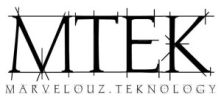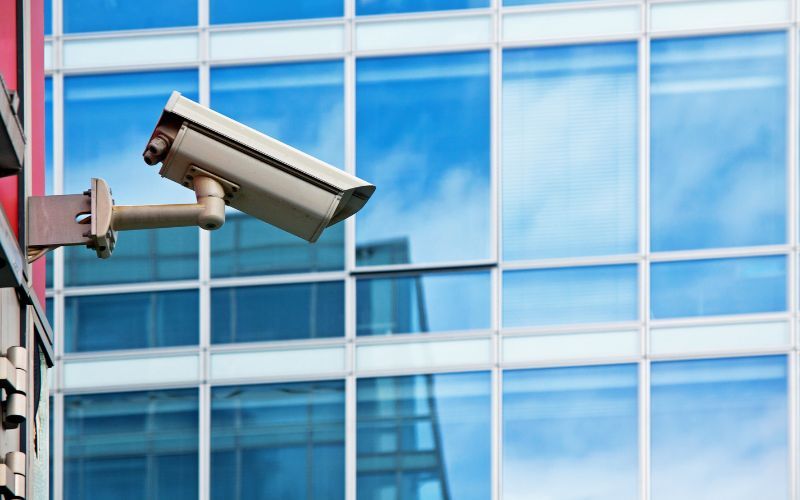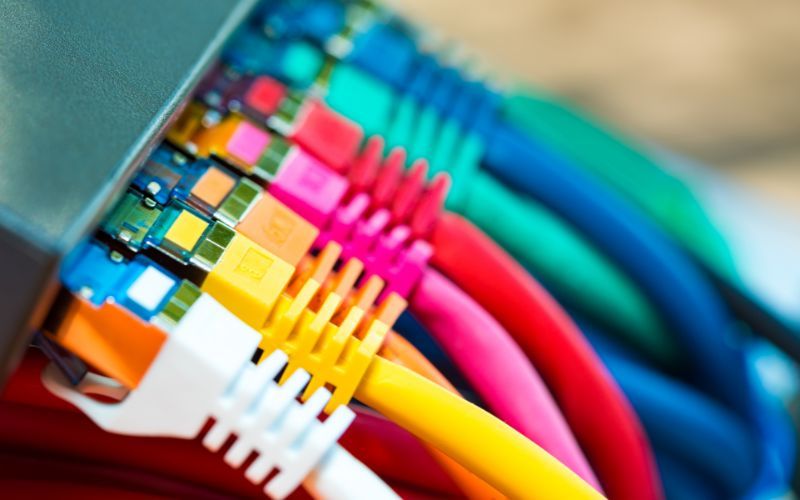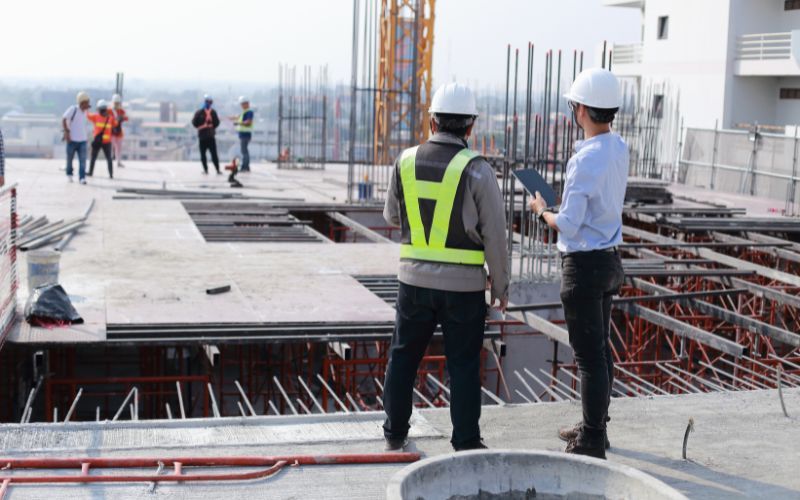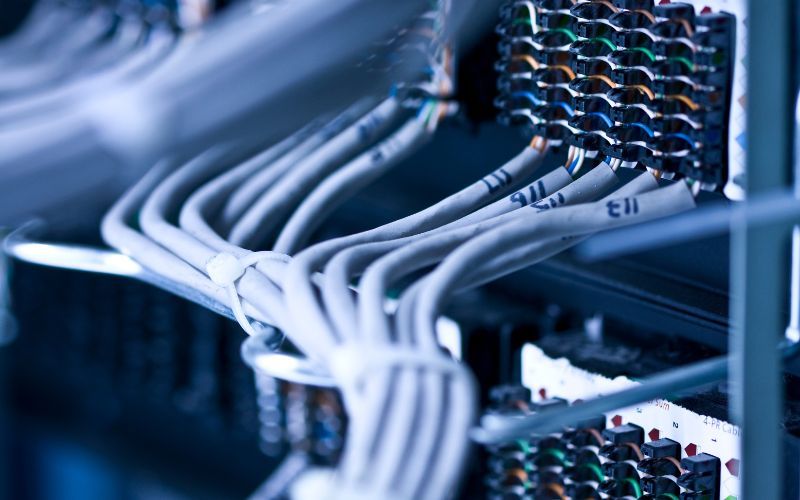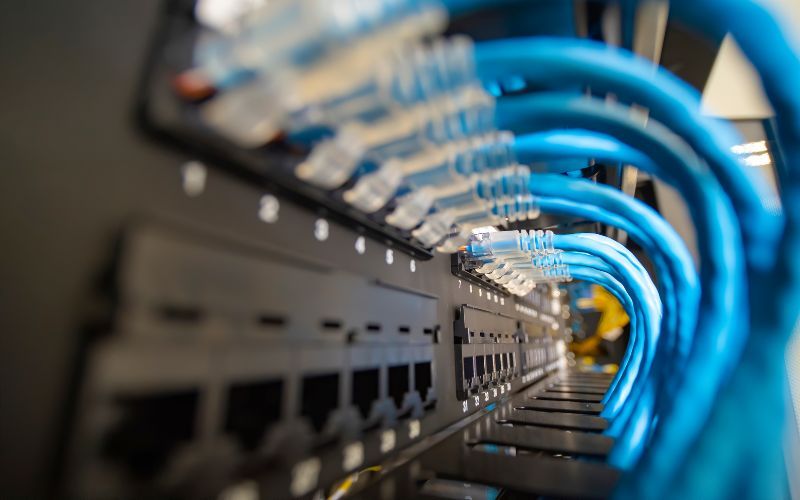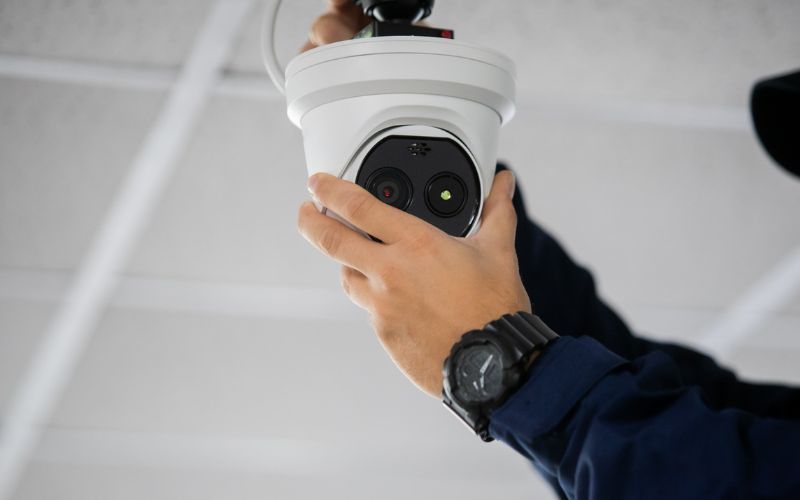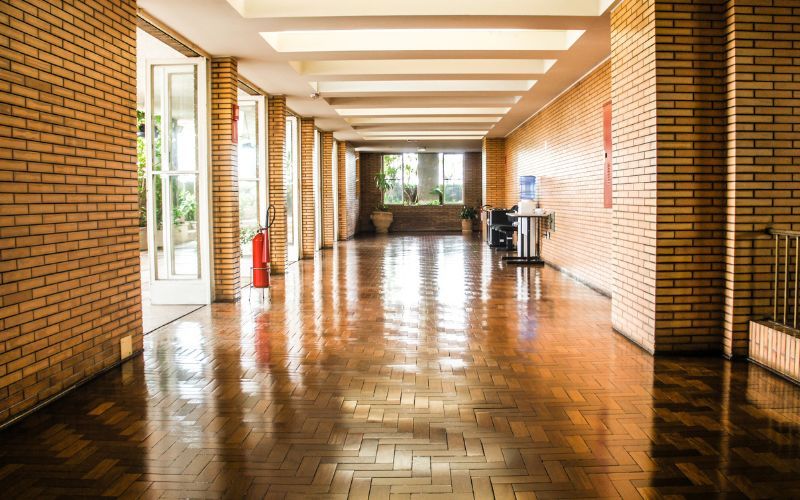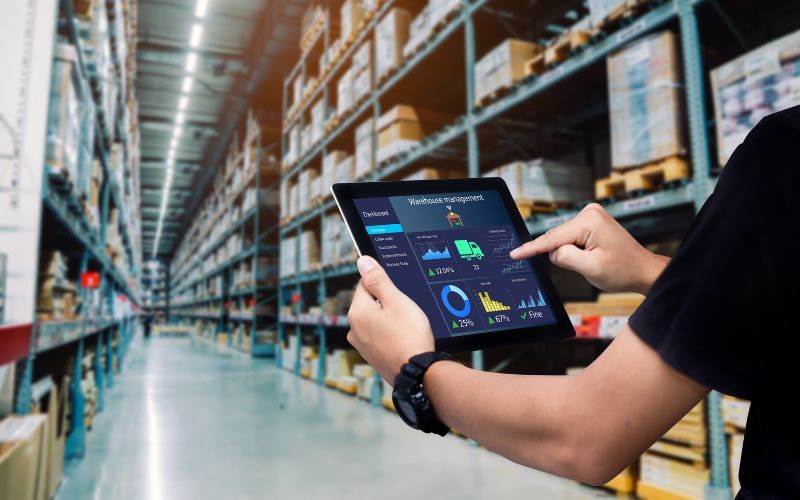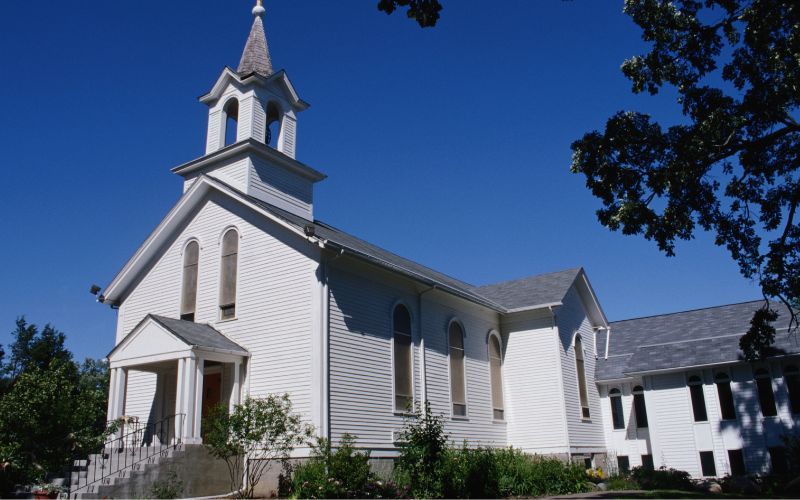How Commercial Security Cameras Help Prevent Theft and Vandalism
Commercial security cameras help ensure that your property, employees, and assets are protected. When you decide to install security cameras, you not only increase your security measures but also gain peace of mind knowing that you’re doing everything possible to safeguard your commercial space.
Learn more about how security camera installation from Marvelouz Teknology, and how it can benefit your business.
Importance of Visible Security Cameras
When criminals spot cameras in a commercial setting, the likelihood of them targeting the business drastically decreases. They are aware that their actions are being recorded, which can lead to their capture or identification. This simple, yet effective deterrent can prevent theft and vandalism from occurring in the first place.
- Visibility is Key: The more prominent your security cameras are, the more they discourage potential wrongdoers.
- Public Awareness: Cameras often serve as a silent warning that the business is under watch.
- Increased Accountability: Criminals are less likely to engage in illegal activities when they know they’re being monitored.
For tailored security camera installation, reach out to Marvelouz Teknology.
Choosing the Right Camera for Your Business
Not all cameras are created equal, and your choice depends on the specific needs of your business.
The right camera should have the following features:
- Resolution: High-definition cameras capture clear footage, which is crucial for identifying suspects.
- Night Vision: Cameras with night vision capabilities are important for monitoring during low-light conditions.
- Motion Detection: Cameras equipped with motion sensors can alert you to suspicious activity in real-time.
It’s important to customize your camera system based on the layout and needs of your commercial property.
Preventing Employee Theft with Surveillance
Installing surveillance cameras in sensitive areas such as stockrooms, cash registers, and storage facilities can help mitigate this risk. Cameras help monitor employee activity discreetly, ensuring that any suspicious behavior is captured on video.
- Discreet Surveillance: Place cameras in less visible areas to ensure that employees are unaware they’re being monitored.
- Transparency: The mere presence of cameras can reduce the likelihood of internal theft.
- Deterrence: Employees are more likely to follow company policies when they know they’re being observed.
Marvelouz Teknology offers security camera solutions that help protect your business from both external and internal threats. Learn more about how we can assist in securing your business.
Monitoring Vulnerable Areas of the Property
Certain areas of your property may be more vulnerable to criminal activity, such as entrances, parking lots, and back alleys. Installing security cameras in these high-risk zones can help monitor any suspicious activity, especially during off-hours.
- Strategic Placement: Place cameras in areas with poor visibility, ensuring criminals can’t easily avoid detection.
- High-Risk Zones: Focus on entrances, exits, and isolated spaces.
- Off-Hours Protection: Ensure constant monitoring, even after business hours, to deter night-time criminal activity.
Strategic placement of cameras at Marvelouz Teknology ensures that every corner of your business is covered.
Access Control and Surveillance Cameras
By combining security cameras with access control systems, you can better monitor who enters and exits your business premises. This integration is especially helpful for restricting access to sensitive areas while ensuring full visibility of high-traffic zones.
- Monitor Entrances/Exits: Security cameras track who comes in and out, making it easier to spot unauthorized access.
- Restrict Access: Combine surveillance with access control to limit entry into restricted areas.
- Comprehensive Monitoring: This combination offers a holistic approach to security, protecting both physical assets and sensitive areas.
Marvelouz Teknology can help you integrate surveillance and access control, creating a fully secured environment that prevents theft and vandalism.
Reducing Insurance Premiums
Installing security cameras not only helps prevent theft and vandalism but can also lead to significant savings on insurance premiums.
Insurance companies often offer discounts to businesses that have security systems in place, as they pose a lower risk.
- Lower Risk: Security cameras reduce the chances of theft, lowering the risk for insurers.
- Discounted Premiums: Many insurance companies offer discounts to businesses with security systems.
- Cost-Effective Investment: The savings on insurance premiums can offset the initial cost of installing cameras.
Marvelouz Teknology provides affordable security camera solutions that help reduce your business’s overall insurance expenses.
Maintaining Customer and Employee Safety
Besides preventing theft and vandalism, security cameras also contribute to the overall safety of customers and employees. In case of accidents or emergencies, footage can provide a clear record of events, helping resolve disputes and ensuring that your premises remain a safe place for everyone.
- Emergency Situations: Cameras can provide crucial evidence during accidents or medical emergencies.
- Resolving Disputes: Footage helps clarify what happened during disputes, avoiding legal issues.
- Building Trust: Customers and employees feel safer when they know that the premises are under surveillance.
With Marvelouz Teknology, your business can offer a safer environment for both employees and customers, reinforcing your reputation as a secure and trustworthy place to be.
Final Thoughts
Installing commercial security cameras provides a comprehensive solution to prevent theft and vandalism. With the right setup, businesses can protect their assets, enhance employee and customer safety, and even lower insurance premiums. Investing in quality surveillance is not just about protecting your business—it’s about ensuring your peace of mind.
If you want to learn more or get started, contact Marvelouz Teknology, and we’ll help you design the perfect security system tailored to your needs.
FAQ
How can security cameras deter criminal activity in my business?
Security cameras act as a visible deterrent, signaling to potential criminals that they are being watched and recorded. Criminals are less likely to target businesses that have surveillance in place. Learn more at Marvelouz Teknology.
Do security cameras help with employee theft?
Yes, surveillance cameras can help monitor sensitive areas and prevent internal theft. They act as a deterrent and ensure that employees follow company policies. For more information, visit Marvelouz Teknology.
Can I access my security cameras remotely?
Yes, modern security systems allow you to monitor your business remotely from your phone or computer, ensuring that you stay updated on potential security issues. Contact us for remote monitoring solutions at Marvelouz Teknology.
